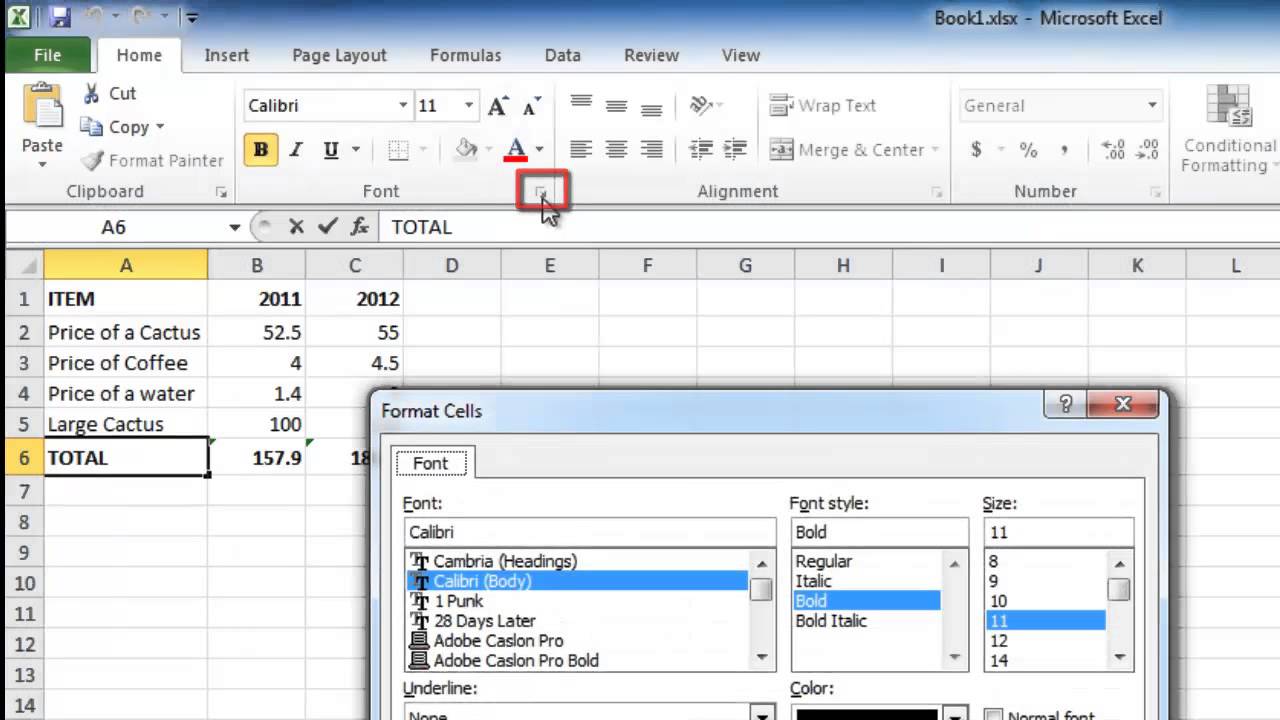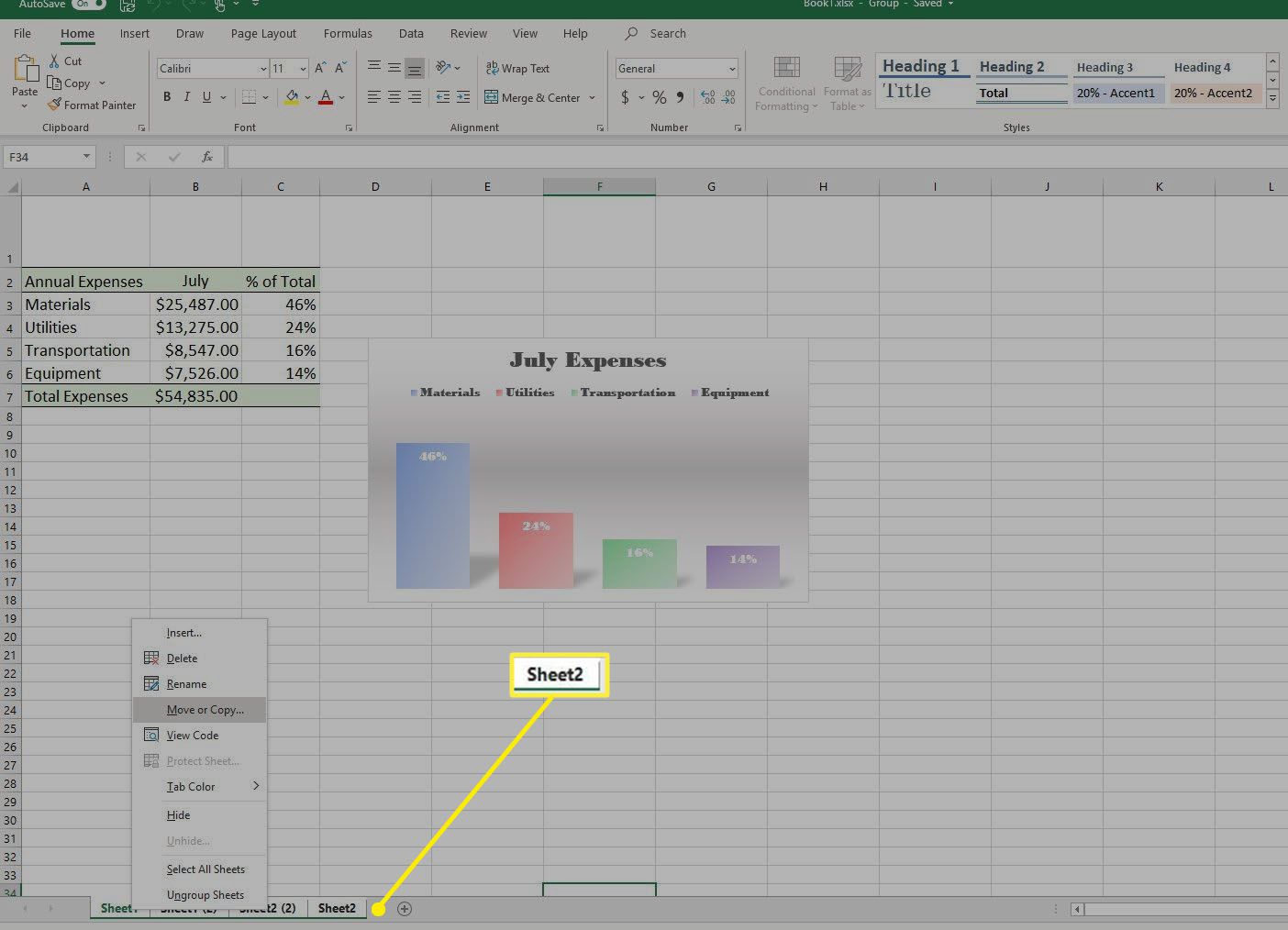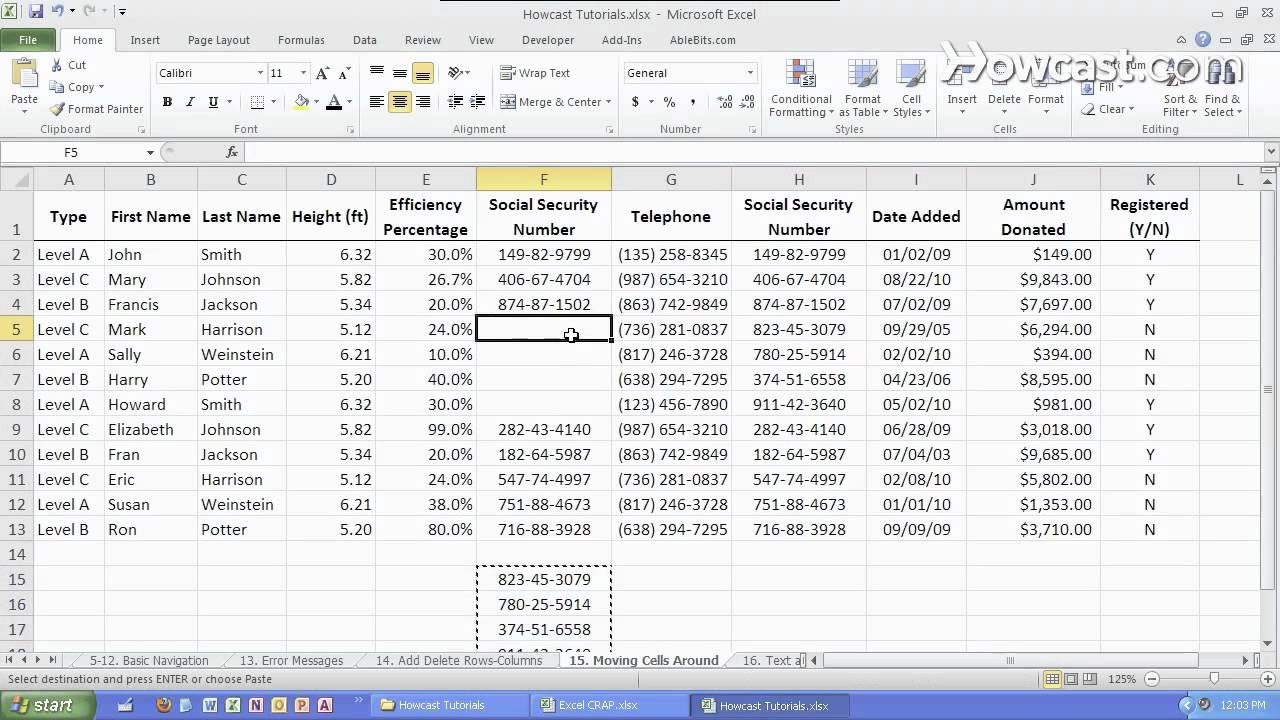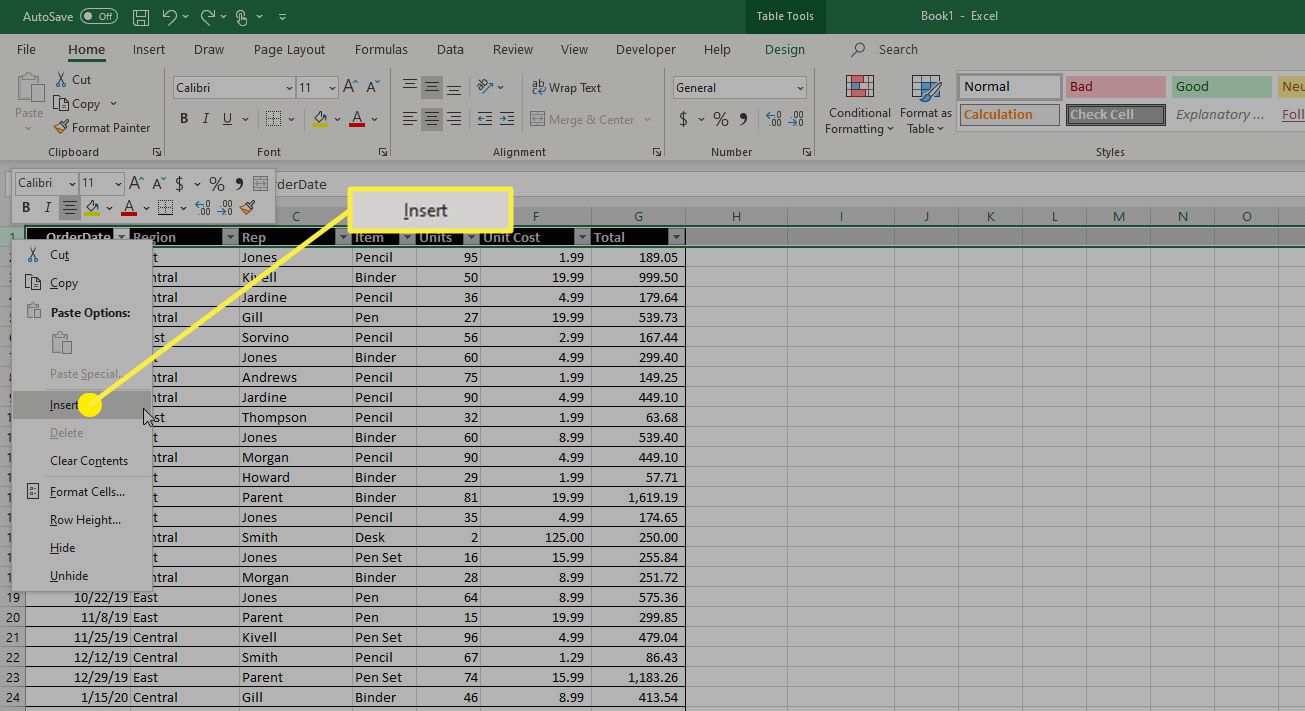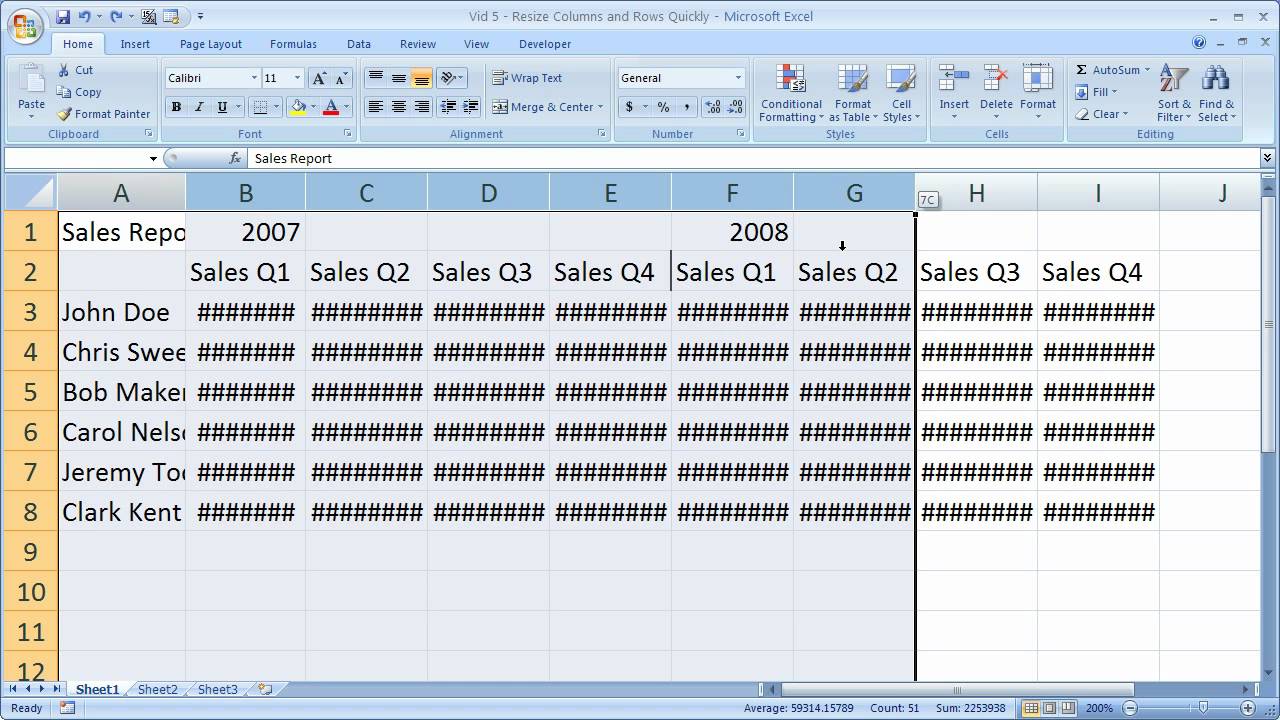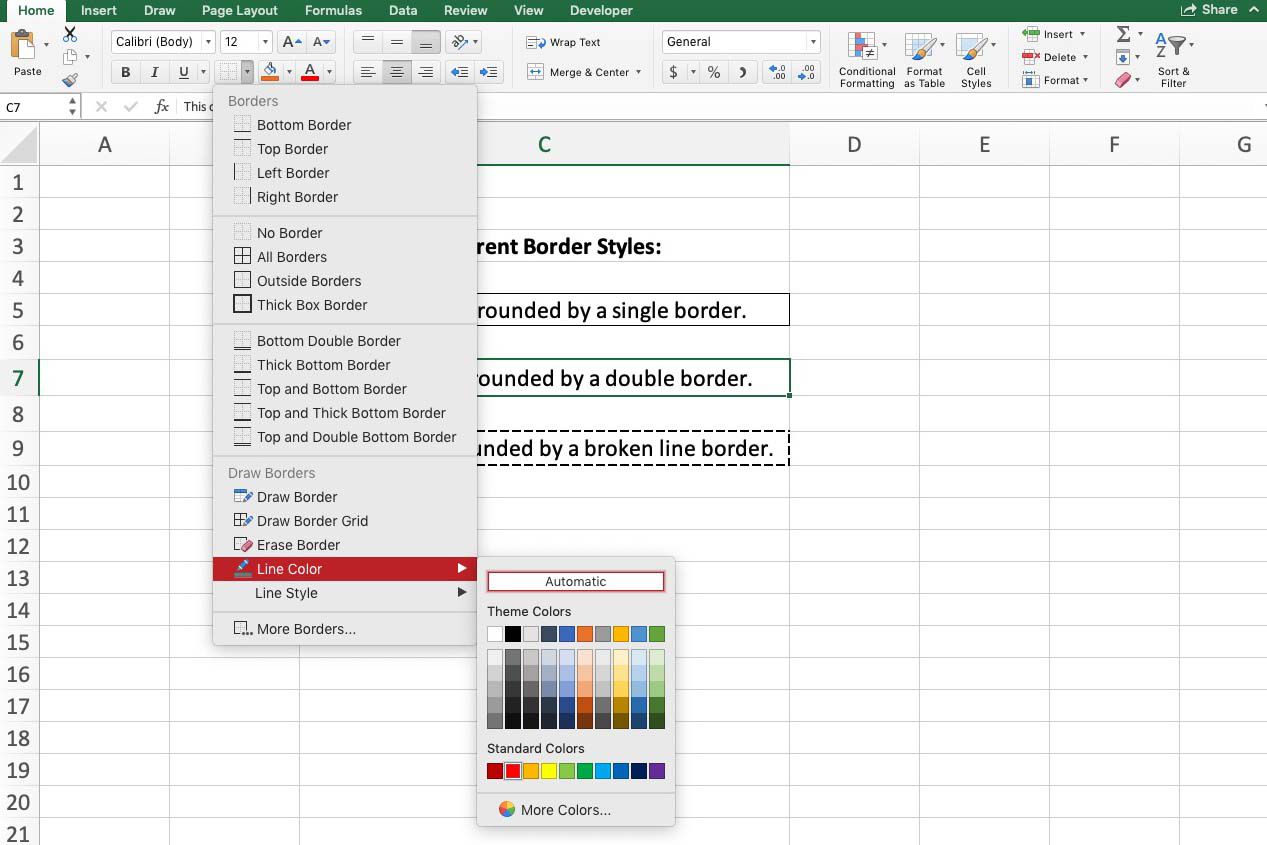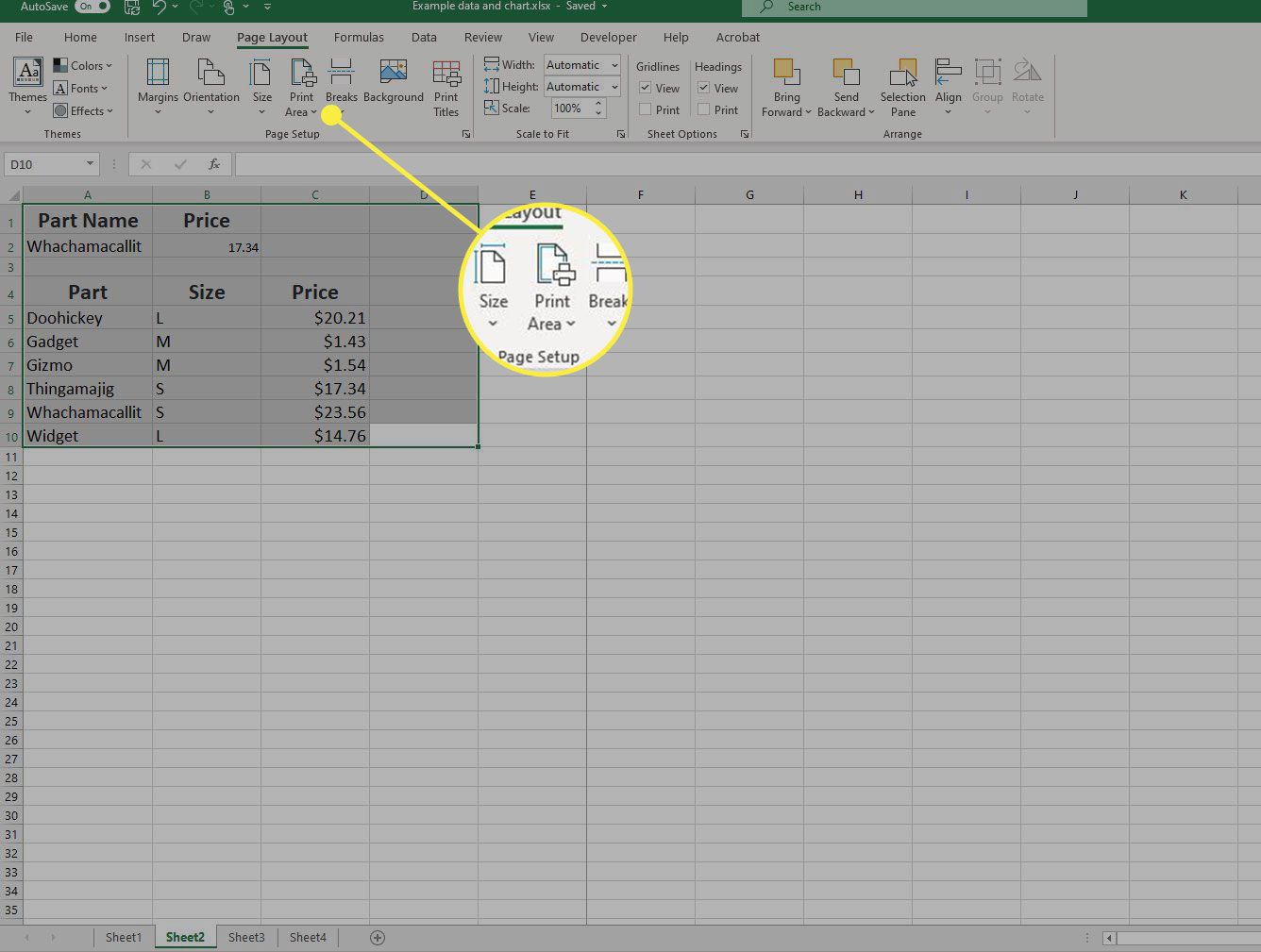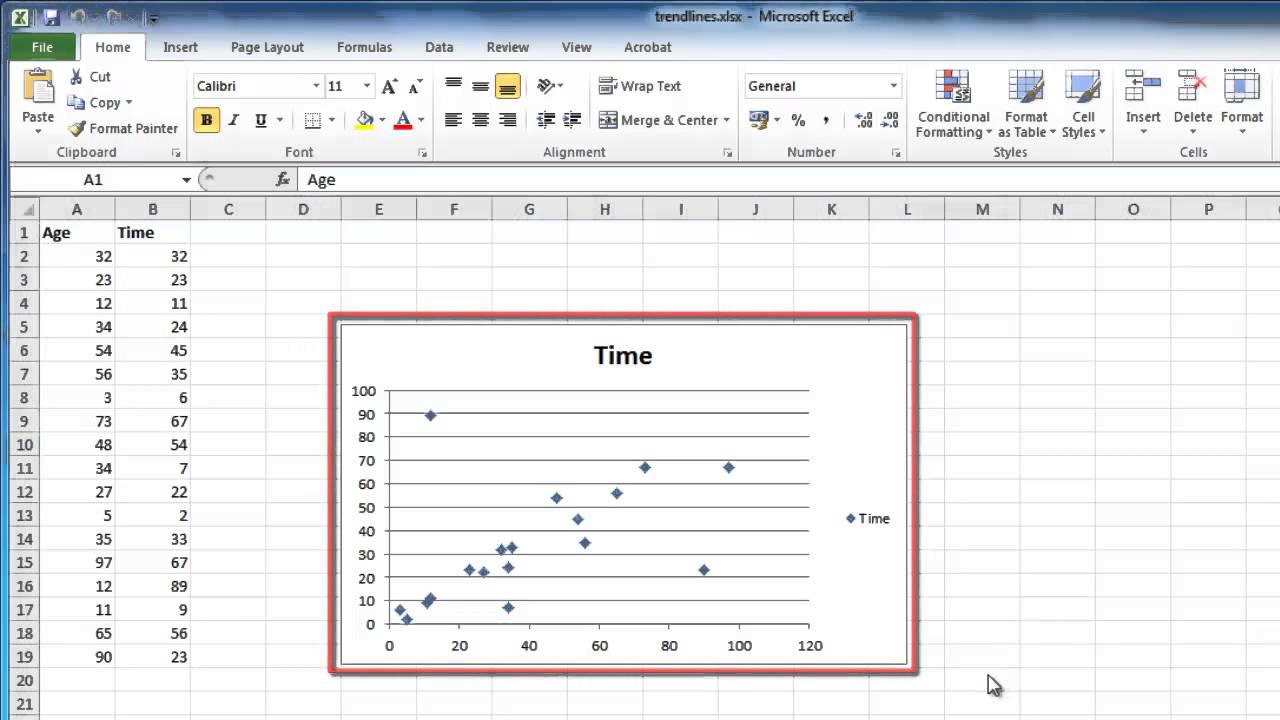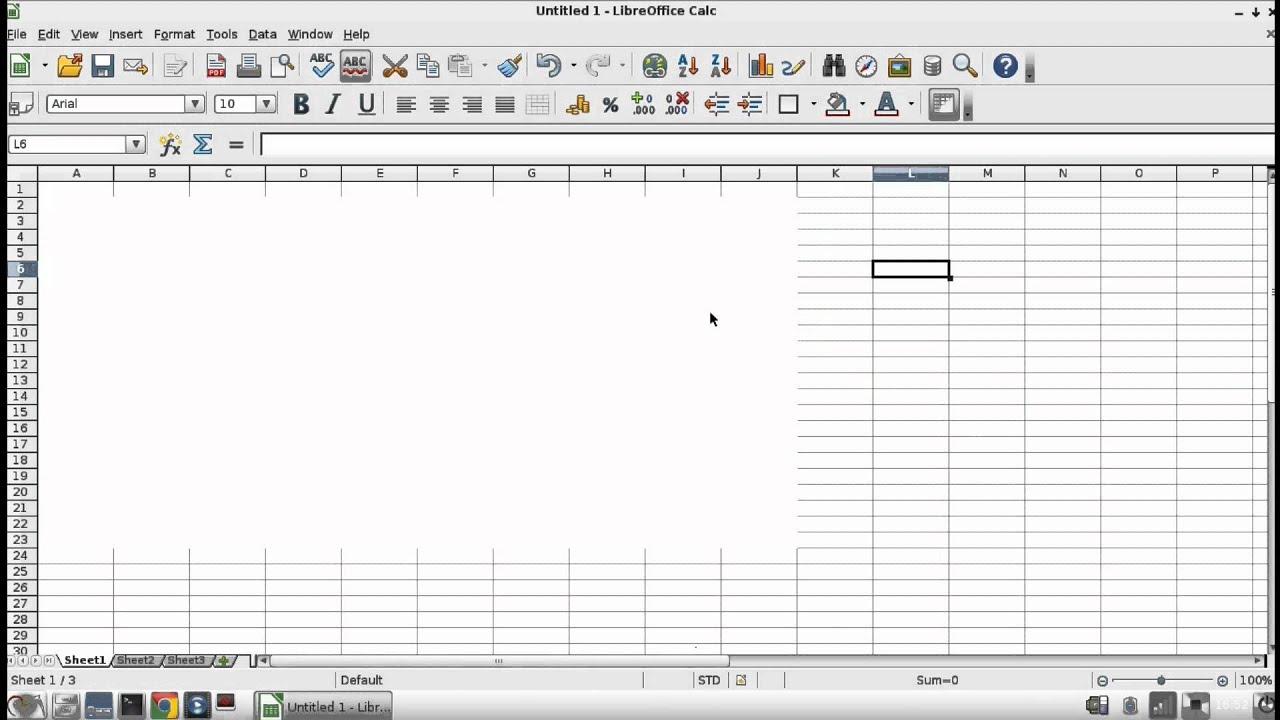Home>Technology and Computers>How To Sort By Date In Excel


Technology and Computers
How To Sort By Date In Excel
Published: February 24, 2024
Learn how to easily sort data by date in Excel with this step-by-step guide. Organize your technology and computer information efficiently.
(Many of the links in this article redirect to a specific reviewed product. Your purchase of these products through affiliate links helps to generate commission for Noodls.com, at no extra cost. Learn more)
Table of Contents
Introduction
Sorting data is a fundamental aspect of working with spreadsheets, and Microsoft Excel provides powerful tools to arrange information in a meaningful way. Whether you're dealing with a list of transactions, project deadlines, or any other data that includes dates, being able to sort by date is essential for gaining insights and making informed decisions.
In this article, we will explore the various methods for sorting data by date in Excel. From simple chronological ordering to more complex sorting scenarios, we will cover the techniques that will help you effectively manage and analyze your data.
By mastering the art of sorting by date in Excel, you can streamline your workflow, identify trends, and gain a clearer understanding of your data. Whether you're a seasoned Excel user or just getting started, understanding how to sort by date will undoubtedly enhance your proficiency in working with spreadsheets.
So, let's delve into the world of date sorting in Excel and unlock the potential of organizing your data with precision and efficiency.
Read more: How To Freeze A Row In Excel
Understanding the Data
Before delving into the intricacies of sorting data by date in Excel, it's crucial to understand the nature of the data you're working with. In Excel, dates are often stored as serial numbers, with each date assigned a unique numerical value. This underlying representation allows Excel to perform various calculations and manipulations with dates.
When dealing with date-based data, it's essential to ensure that the date format is consistent throughout the spreadsheet. Inconsistencies in date formats can lead to errors during sorting and analysis. Excel offers a range of date formats, including mm/dd/yyyy, dd/mm/yyyy, and more, so it's important to verify that the dates are uniformly formatted to facilitate accurate sorting.
Furthermore, understanding the context of the dates is crucial for effective sorting. Are the dates related to specific events, transactions, or deadlines? By comprehending the significance of the dates within the dataset, you can tailor your sorting approach to suit the specific requirements of your analysis.
It's also important to consider any accompanying data that correlates with the dates. Are there corresponding values, descriptions, or categories associated with each date entry? This additional information can influence the sorting process, especially when you need to maintain the integrity of the data relationships while sorting by date.
Moreover, identifying any anomalies or irregularities within the date data is essential. This includes checking for missing or erroneous date entries, as well as ensuring that the date range is accurate and complete. Addressing these anomalies prior to sorting will help prevent discrepancies and inaccuracies in the sorted results.
By gaining a comprehensive understanding of the data, including its format, context, accompanying information, and potential anomalies, you can lay a solid foundation for applying the appropriate sorting techniques in Excel. This foundational knowledge will empower you to navigate the sorting process with confidence and precision, ultimately leading to more insightful and actionable interpretations of your data.
Sorting by Date in Ascending Order
Sorting data by date in ascending order is a common requirement in Excel, especially when you need to arrange dates chronologically from the earliest to the latest. Excel offers a straightforward method to accomplish this, allowing you to organize your data with ease.
To begin sorting by date in ascending order, follow these steps:
-
Select the Date Column: Identify the column containing the date data that you want to sort. Click on the header of the date column to select the entire column.
-
Access the Sort Function: Navigate to the "Data" tab on the Excel ribbon. Locate the "Sort" button, which typically appears in the "Sort & Filter" group.
-
Specify the Sorting Criteria: Upon clicking the "Sort" button, a dialog box will appear, prompting you to specify the sorting criteria. Ensure that the "Sort by" field is set to the date column you selected in step 1.
-
Choose Ascending Order: In the same dialog box, you will find the option to select the sort order. Choose "Oldest to Newest" or "A to Z" to indicate that you want to sort the dates in ascending order.
-
Apply the Sorting: Once you have specified the sorting criteria and order, click the "OK" button to apply the sorting. Excel will rearrange the data in the selected column based on the dates, placing the earliest dates at the top of the list.
By following these steps, you can effectively sort your date-based data in ascending order, allowing you to gain a clear chronological perspective of the information. Whether you're organizing historical records, scheduling events, or analyzing trends over time, sorting by date in ascending order enables you to structure your data in a coherent and meaningful manner.
Furthermore, Excel's ability to handle large datasets ensures that even extensive collections of date-based information can be sorted efficiently. This capability is particularly valuable when working with diverse datasets that encompass a wide range of dates, as Excel's sorting functionality remains robust and reliable regardless of the data volume.
In essence, sorting by date in ascending order equips you with the means to arrange your data in a logical sequence, facilitating comprehensive analysis and informed decision-making. This foundational sorting technique serves as a cornerstone for effectively managing date-related information within Excel, empowering you to harness the full potential of your data with precision and clarity.
Sorting by Date in Descending Order
Sorting data by date in descending order is a valuable technique in Excel, particularly when you need to arrange dates from the latest to the earliest. This approach allows you to prioritize recent events, deadlines, or transactions, providing a clear perspective on the most current information. Excel offers a seamless method to sort data by date in descending order, enabling you to efficiently organize your data with precision.
To initiate the sorting process in descending order, follow these steps:
-
Select the Date Column: Begin by identifying the column containing the date data that you want to sort. Click on the header of the date column to select the entire column.
-
Access the Sort Function: Navigate to the "Data" tab on the Excel ribbon and locate the "Sort" button, typically found in the "Sort & Filter" group.
-
Specify the Sorting Criteria: Upon clicking the "Sort" button, a dialog box will appear, prompting you to specify the sorting criteria. Ensure that the "Sort by" field is set to the date column you selected in the previous step.
-
Choose Descending Order: In the same dialog box, you will find the option to select the sort order. Choose "Newest to Oldest" or "Z to A" to indicate that you want to sort the dates in descending order.
-
Apply the Sorting: Once you have specified the sorting criteria and order, click the "OK" button to apply the sorting. Excel will rearrange the data in the selected column based on the dates, placing the latest dates at the top of the list.
Sorting by date in descending order provides a valuable perspective, especially when dealing with time-sensitive data or when focusing on recent occurrences. Whether you're tracking the latest transactions, monitoring project deadlines, or analyzing recent trends, sorting by date in descending order empowers you to prioritize and visualize the most current information effectively.
Moreover, Excel's robust sorting capabilities ensure that even extensive datasets containing diverse date-based information can be sorted seamlessly. This functionality remains reliable and efficient, regardless of the volume of data, allowing you to manage and analyze large sets of date-related information with ease.
In essence, sorting by date in descending order equips you with a powerful tool to arrange your data in a manner that highlights the most recent events, enabling you to make informed decisions and gain valuable insights from your data. This technique serves as a cornerstone for effectively managing and analyzing date-related information within Excel, providing you with the means to harness the full potential of your data with clarity and precision.
Using Custom Sort for More Complex Sorting
In Excel, the ability to perform custom sorting empowers users to tackle more complex sorting scenarios, especially when dealing with datasets that require specific prioritization or multi-level sorting criteria. Custom sorting allows for a tailored approach to arranging data based on unique requirements, providing a versatile solution for managing diverse datasets effectively.
To initiate a custom sort in Excel, follow these steps:
-
Access the Sort Dialog Box: Begin by selecting any cell within the column that contains the date data you want to sort. Navigate to the "Data" tab on the Excel ribbon and click on the "Sort" button to access the sort dialog box.
-
Specify the Custom Sorting Criteria: In the sort dialog box, you can define multiple levels of sorting criteria based on your specific requirements. For instance, if your dataset includes dates along with corresponding categories or values, you can prioritize sorting based on the categories first, followed by the dates within each category.
-
Add Additional Levels: Excel allows you to add additional levels to the sorting criteria, enabling you to create a hierarchical sorting structure. This feature is particularly valuable when dealing with datasets that involve complex relationships between different data attributes.
-
Choose the Sort Order for Each Level: For each sorting level, you can specify whether the data should be sorted in ascending or descending order. This level of control ensures that the custom sorting accurately reflects the intended prioritization of the data.
-
Apply the Custom Sort: Once you have defined the custom sorting criteria and order for each level, click the "OK" button to apply the custom sort. Excel will rearrange the data based on the specified criteria, providing a tailored and precise arrangement that aligns with the complexities of your dataset.
Custom sorting in Excel offers a powerful mechanism for managing intricate datasets that require nuanced sorting approaches. Whether you're organizing multi-dimensional data, prioritizing specific categories, or implementing a hierarchical sorting structure, the custom sort functionality equips you with the flexibility and precision needed to effectively manage diverse and complex datasets.
By leveraging the custom sort feature, Excel users can navigate the intricacies of data management with confidence, ensuring that the sorting process aligns with the unique characteristics and relationships within the dataset. This capability ultimately enhances the analytical potential of Excel, allowing users to derive meaningful insights and make informed decisions based on the organized and structured data.
In essence, custom sorting in Excel serves as a dynamic tool for addressing the complexities of data organization, providing a tailored approach that accommodates diverse sorting requirements and empowers users to unlock the full potential of their datasets.
Read more: How To Move Rows In Excel
Conclusion
In conclusion, mastering the art of sorting data by date in Microsoft Excel is a fundamental skill that empowers users to effectively manage and analyze date-based information with precision and clarity. By understanding the nuances of date formatting, comprehending the context of the dates within the dataset, and leveraging Excel's robust sorting capabilities, users can streamline their workflow, gain valuable insights, and make informed decisions based on organized and structured data.
The ability to sort data by date in ascending order provides a coherent chronological perspective, allowing users to arrange historical records, schedule events, and analyze trends with ease. Excel's seamless sorting functionality ensures that even extensive collections of date-based information can be organized efficiently, regardless of the data volume. This foundational sorting technique serves as a cornerstone for effectively managing date-related information within Excel, enabling users to harness the full potential of their data.
Conversely, sorting data by date in descending order offers a valuable perspective, particularly when prioritizing recent events, deadlines, or transactions. This approach empowers users to focus on the most current information, facilitating effective tracking of transactions, monitoring project deadlines, and analyzing recent trends. Excel's robust sorting capabilities ensure that even extensive datasets containing diverse date-based information can be sorted seamlessly, providing users with the means to manage and analyze large sets of date-related information with ease.
Furthermore, the custom sort feature in Excel enables users to tackle more complex sorting scenarios, offering a tailored approach to arranging data based on unique requirements. This functionality is particularly valuable when dealing with datasets that involve complex relationships between different data attributes, allowing users to create a hierarchical sorting structure that aligns with the complexities of the dataset. By leveraging the custom sort feature, Excel users can navigate the intricacies of data management with confidence, ensuring that the sorting process accurately reflects the intended prioritization of the data.
In essence, the ability to sort data by date in Excel equips users with the tools to streamline their data management processes, gain valuable insights, and make informed decisions based on organized and structured data. Whether organizing historical records, tracking transactions, or analyzing trends, mastering the art of sorting by date in Excel is a valuable skill that enhances the analytical potential of the platform, ultimately empowering users to unlock the full potential of their datasets.
